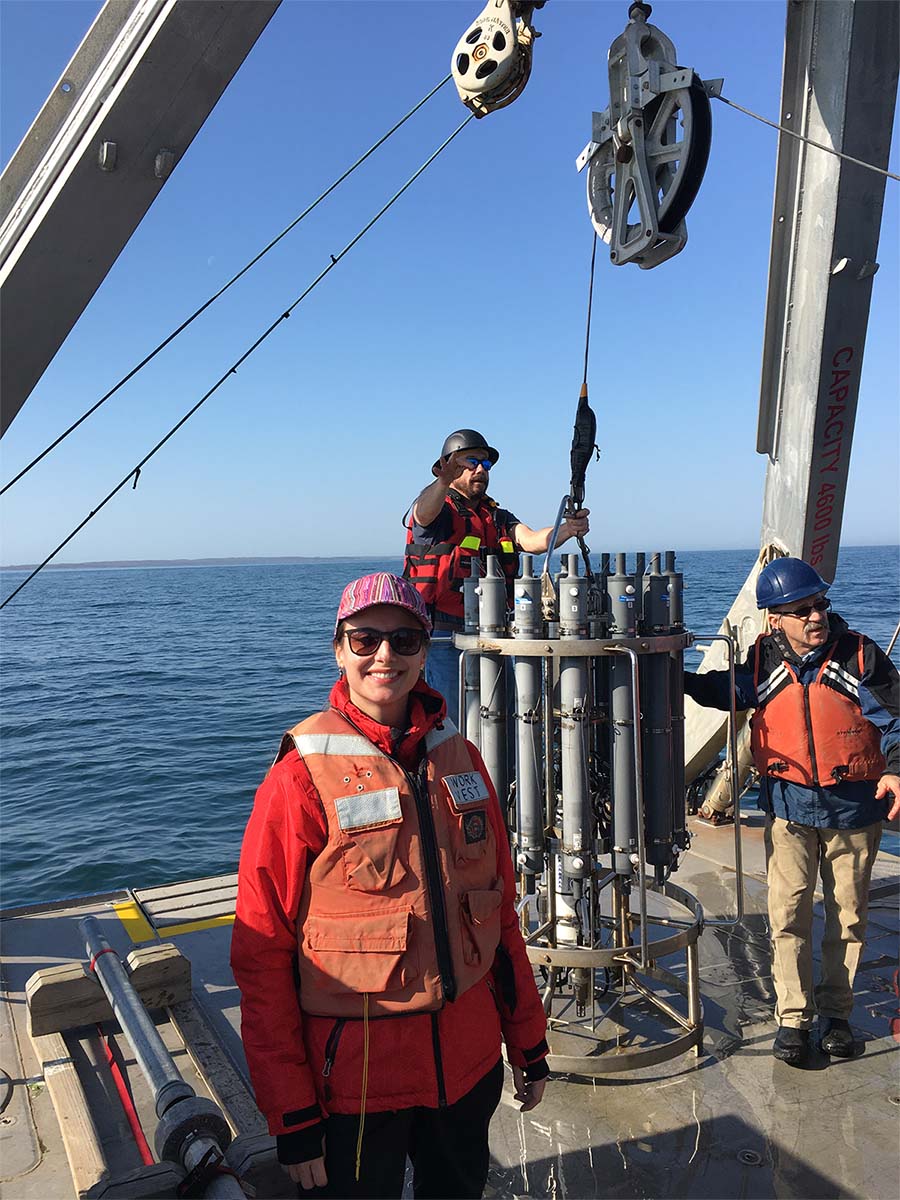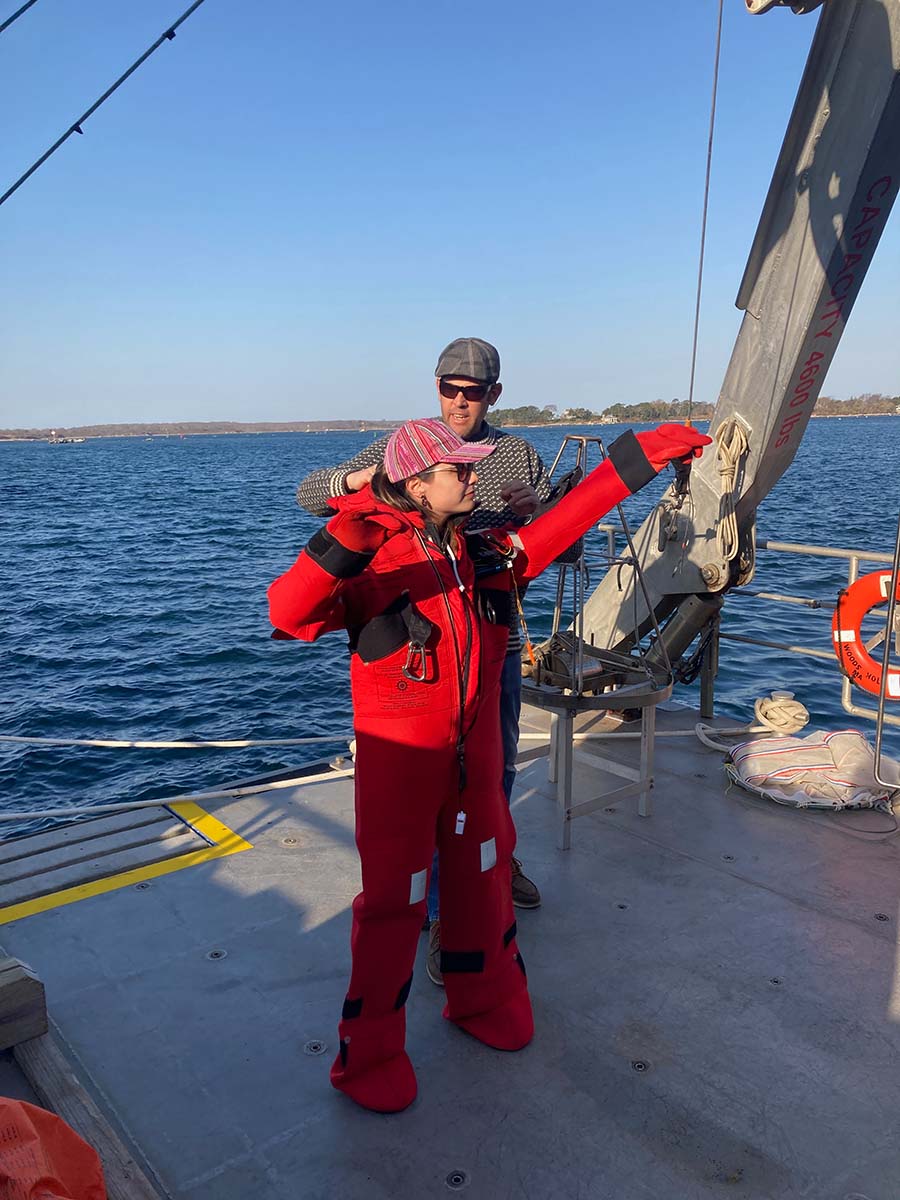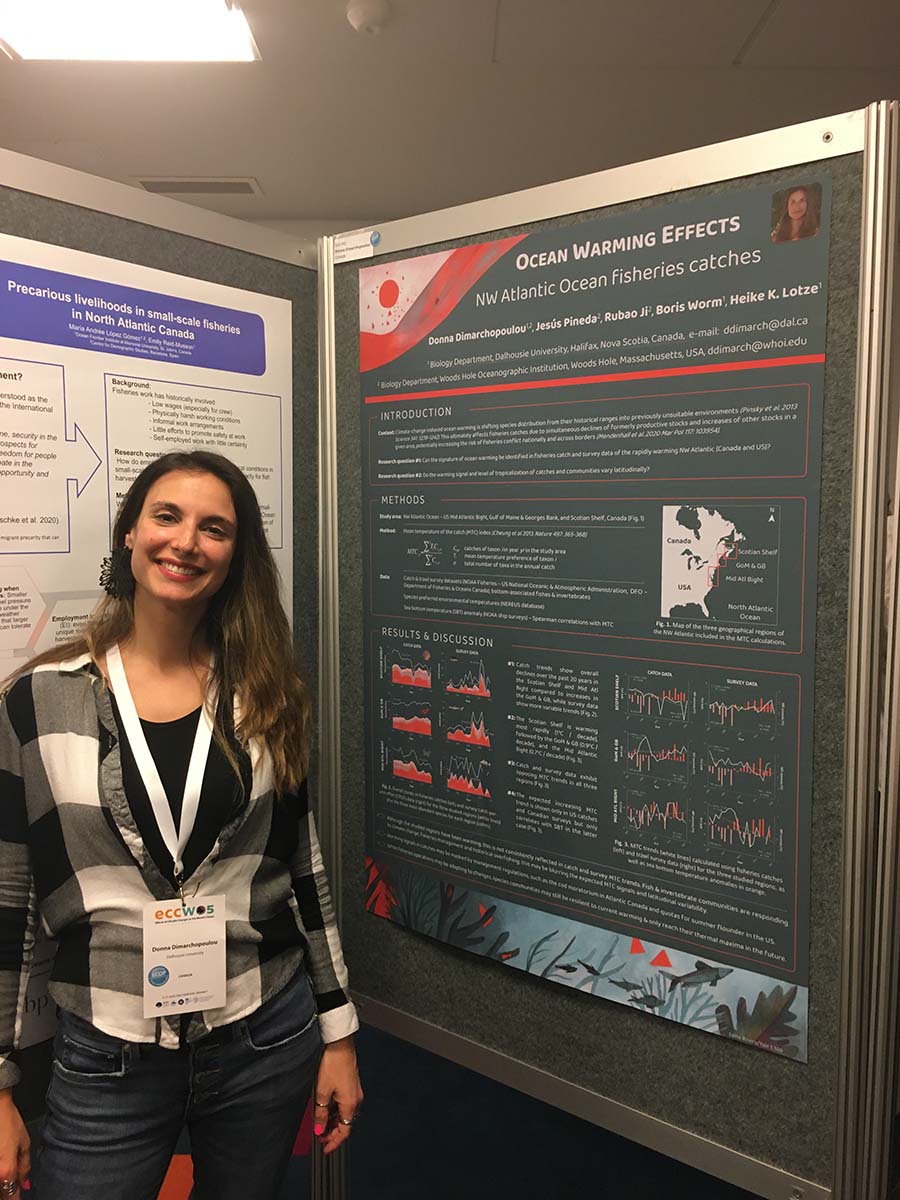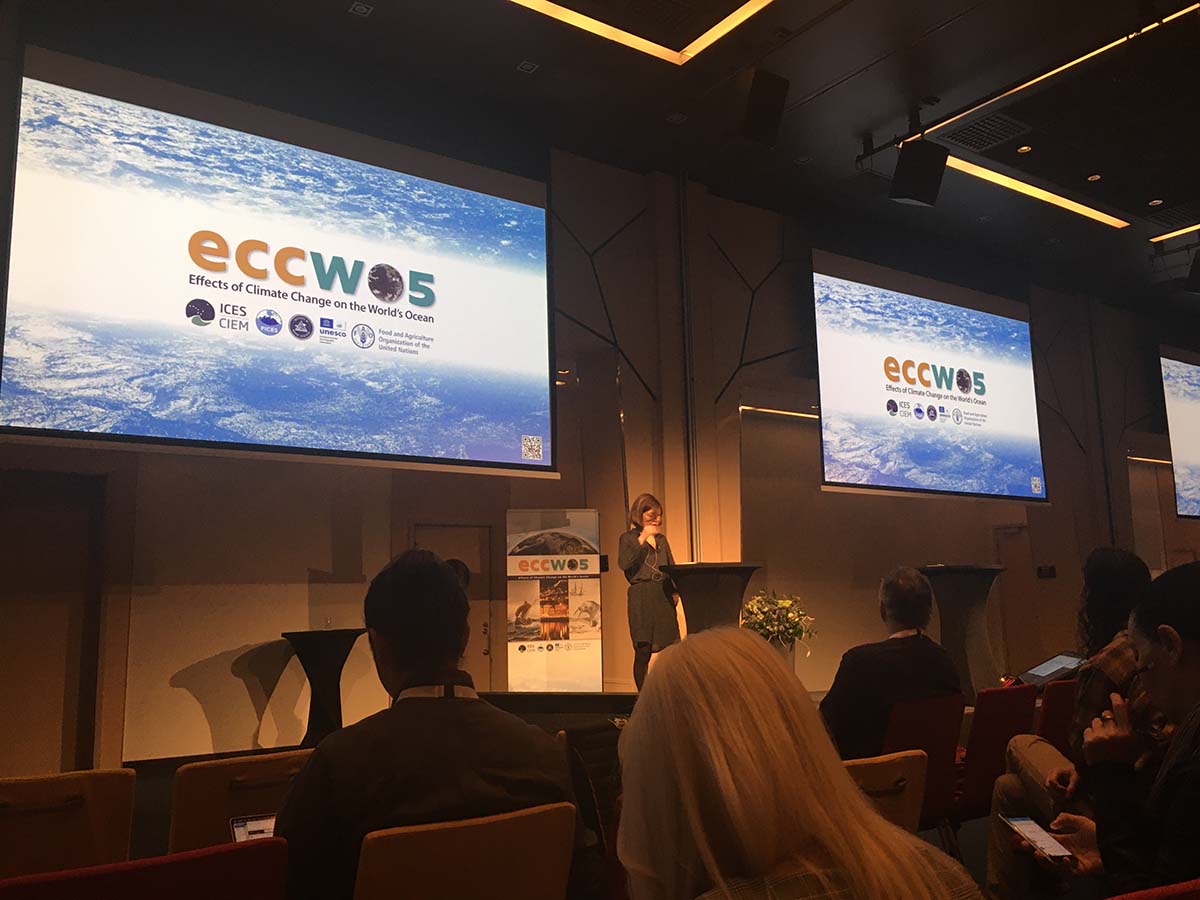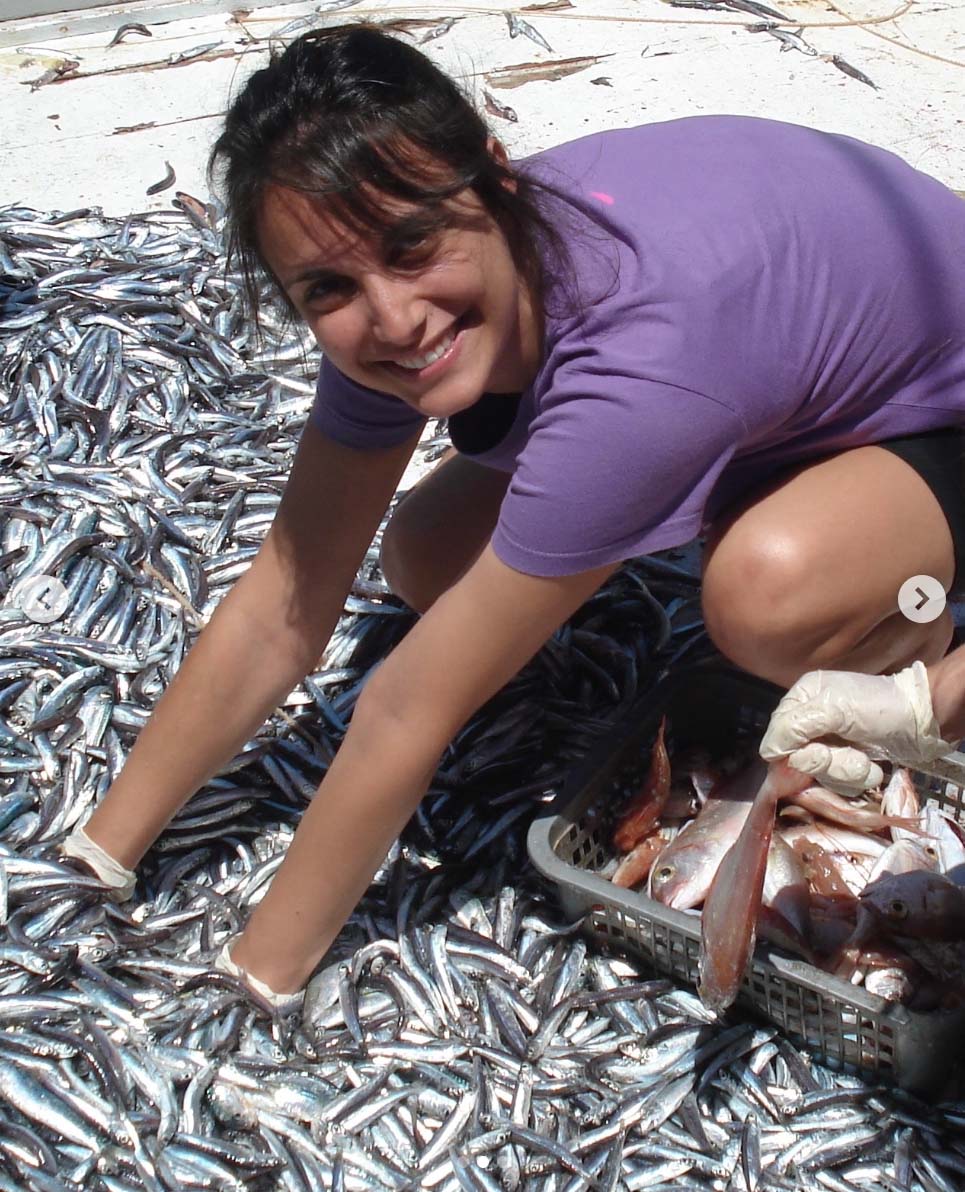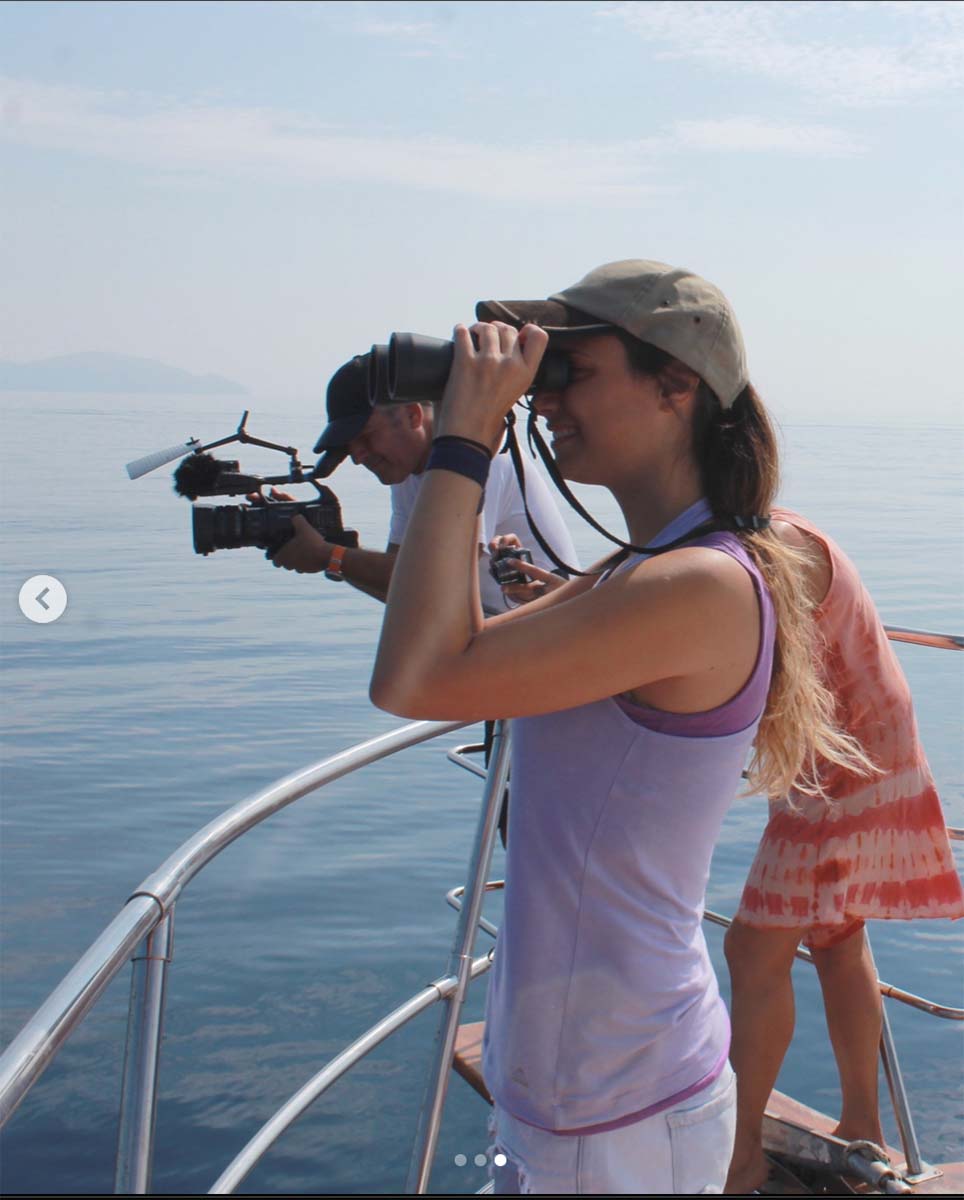1 – I had the unique opportunity to be part of a sea turtle necropsy session organized by the Mass Audubon Wellfleet Bay Wildlife Sanctuary (WBWS) in collaboration with Woods Hole Oceanographic Institution (WHOI). Each late fall/early winter, three species of sea turtles become cold-stunned in Cape Cod Bay: juvenile, critically endangered Kemp’s ridleys); juvenile and subadult, threatened loggerheads (Caretta caretta); and juvenile, threatened green turtles (Chelonia mydas). These young turtles seem to be getting trapped in the fall by the “hook” that is Cape Cod, as they attempt to migrate south after feeding in northern waters. They become hypothermic in the cooling water, and onshore winds wash them onto beaches, many still alive. The 2022 cold-stun season was the third largest ever, with a total of 888 turtles. Although there is a live-admit-to-rehab rate of over 70%, not all cold-stuns strand alive, especially in the later part of the season. The deceased cold-stuns are frozen, for later necropsy.
In our session only (one out of four) we necropsied more than 70 cold-stunned sea turtle carcasses most of which were Kemp’s ridleys (Lepidochelys kempii). We recorded all external and internal abnormalities, e.g., bruises and parasites; the state of all major organs, e.g., liver, lungs, heart; the contents of the gastrointestinal tract.
2 – I went on an amazing half-day sampling-at-sea trip on WHOI’s research vessel Tioga. We learned about oceanographic sampling techniques using a variety of methods (e.g., plankton tow, sediment grab, CTD cast, sediment core).
3 – I attended the 5th Symposium on the Effects of Climate Change on the World’s Ocean in beautiful Bergen, Norway. With more than 400 participants being there in-person, and about 800 in total, it was a fantastic, stimulating conference with scientists from all around the world exchanging ideas on cutting-edge ocean and climate research. I presented my latest research on the effects of ocean warming on fisheries catches of the NW Atlantic with a poster that attracted interest from other young researchers and generated valuable discussions regarding next steps.
4 – I was featured in the #HumansofWHOI social media post that highlights WHOI scientists and staff. I shared my experience as a researcher coming to WHOI from the other side of the Atlantic to work at a top-level institution and meet scientists whose work I knew only from scientific publications.

